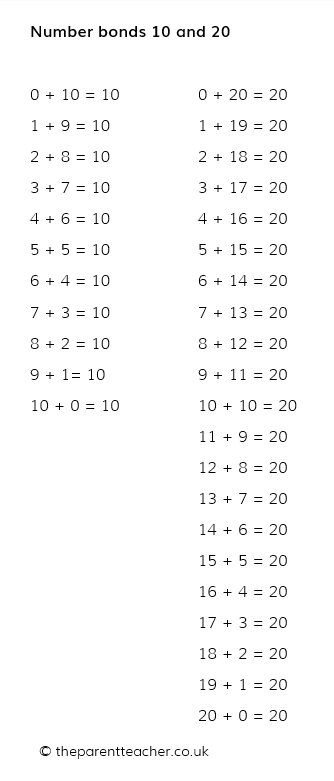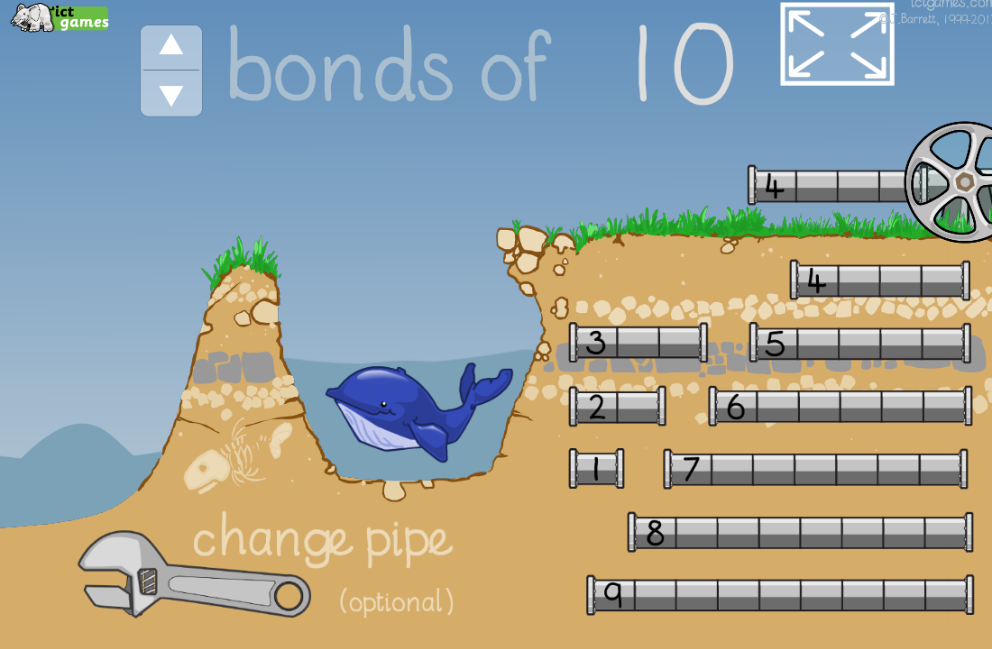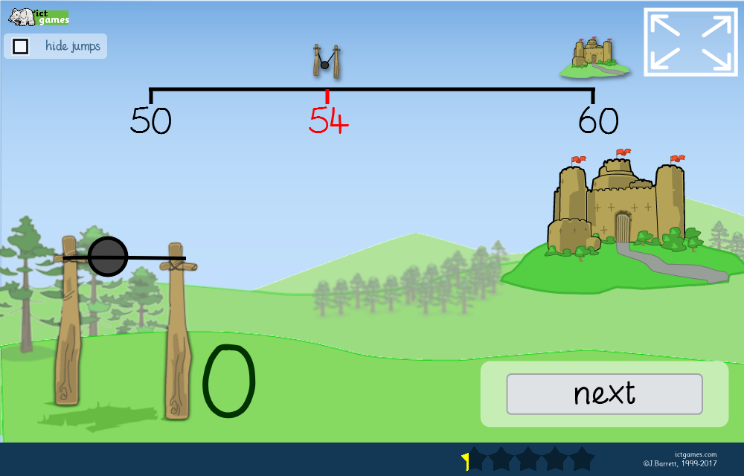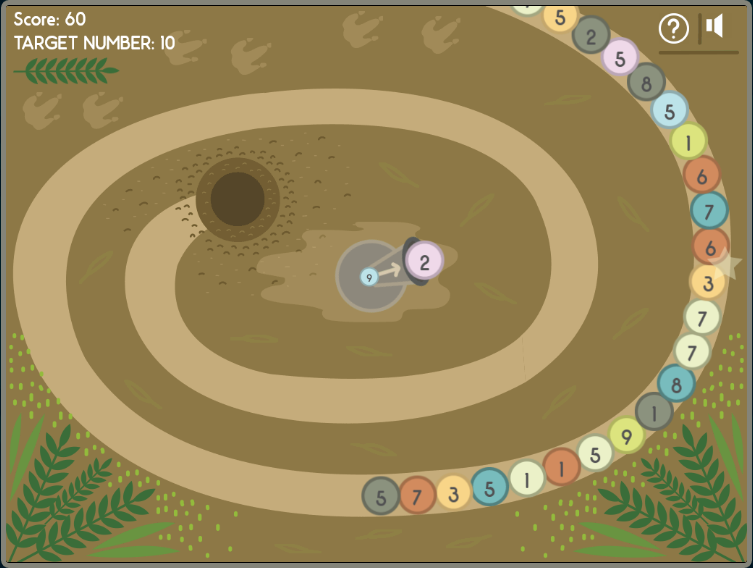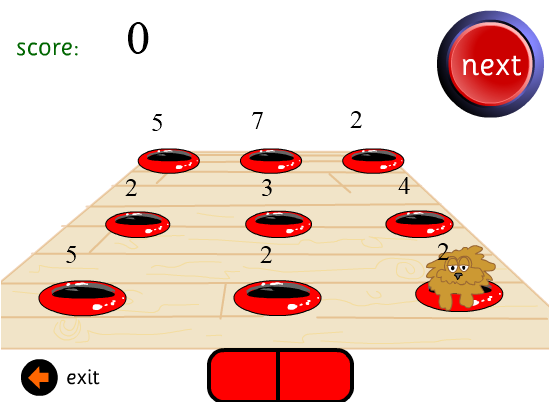What are Number bonds?
Number bonds to 10, 20, 100 or any number for that matter are a mental maths strategy. They are an easy way to learn simple addition facts by learning numbers in pairs. For this reason, they are sometimes called ‘Number Pairs’. These can later be used to make more complicated additions simpler.
By performing number bond calculations in the head mentally – without using a pen and paper, less writing can be done. This develops greater mental maths agility and more importantly, reduces the number of mistakes children make whilst doing calculations.
Young children need to memorise number bonds or number pairs, in the same way they memorise their times tables.
When they are older, they can use these number bonds to complete calculations with less effort just like when they learn their times tables.
When should children start to learn their Number bonds?
Children should start to learn number bonds in KS1 – usually year 1. This is when they start to learn simple additions like 2 + 2 = 4 by calculating these on their fingers.
Number bonds to 10 can easily be learned using the fingers, although children will start with number bonds to 5 first.
Number bonds for KS1
As Key stage 1 is made up of Year 1 and Year 2, children need to learn number bonds to 5 and 10 first and also simple number bonds to 20 and 100. Mainly in the multiples of 10.
How to teach number bonds to 5?
To teach number bonds to 5, you first need to know how many number bonds to 5 there are.
There are 6 number bonds to 5, and these are:
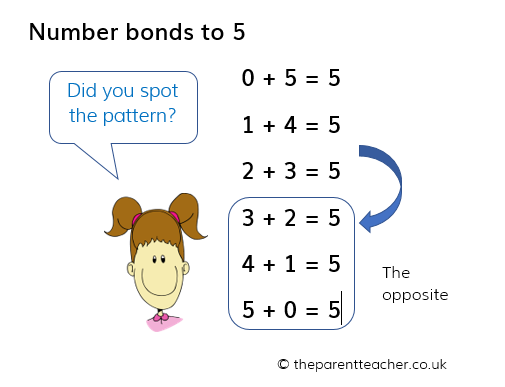
An easy way of teaching number bonds is to use the addition ladybird.
Download it for free here

- Print and cut out the ladybird and dots
- Place a different number of dots on each wing and ask your child to add the dots up.
Only use 5 dots for number bonds to 5.
- Once your child starts to notice that there are 6 ways to make 5, they can start to learn what those 6 ways are. Remember zero is a number.
- Then they can start to memorise these facts.
Test their skills by using the following worksheet.
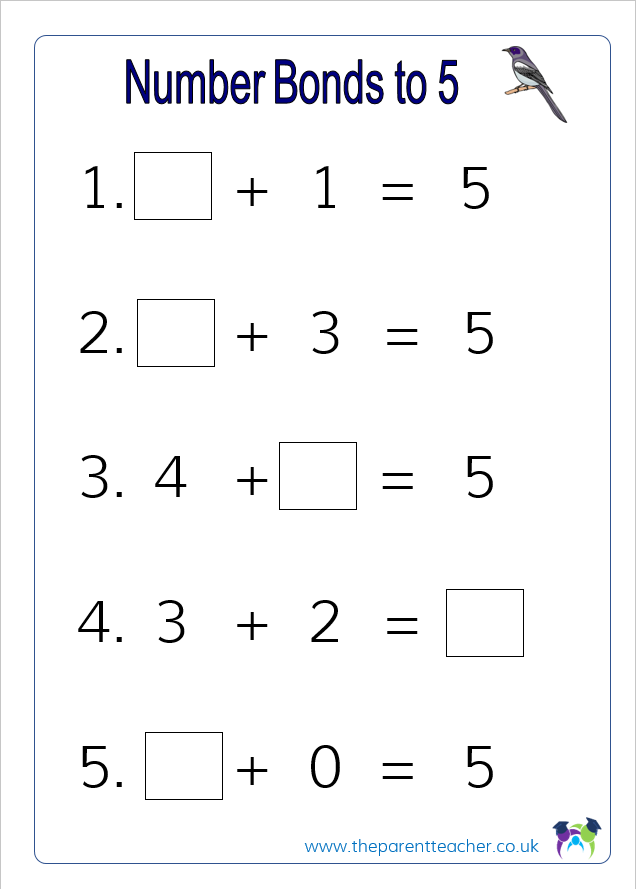
6. Time them using a sand timer or a stopwatch on your phone to see how quickly they can recall their number bonds to 5.
Other Games to learn number bonds to 5
- Use flash cards – cut up 6 pieces of card and write numbers 0-6 on each card. Shuffle them, then show your child a card. They need to tell you the other number of the number pair, that makes 5.
Show them one card at a time. They can use their fingers to work out the answer to start with, but later they should be able to tell you the matching pair, without counting on their fingers.
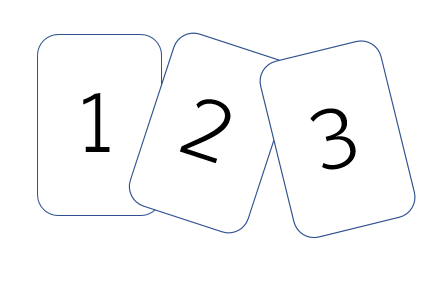
2. Use coloured beads or an abacus to show the number bond concept. Use two lots of coloured blocks, make the following arrangements to show them how the number bonds are made.
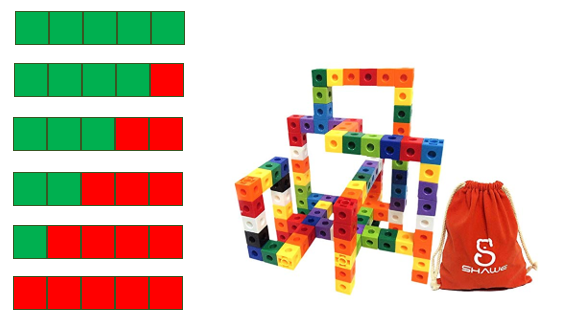
How many number bonds to 10 are there?
There are 11 number bonds to 10. These are as shown below.
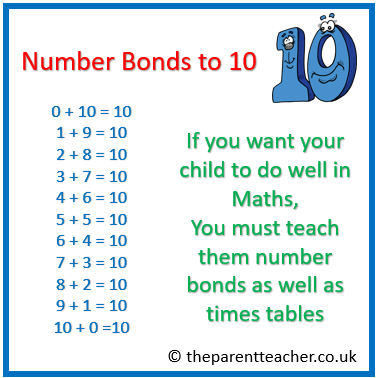
Teach your child the number bonds to 10 in the same way you taught the number bonds to 5.
Here is a worksheet for number bonds to 10 you can do with your child to test their ability quickly.
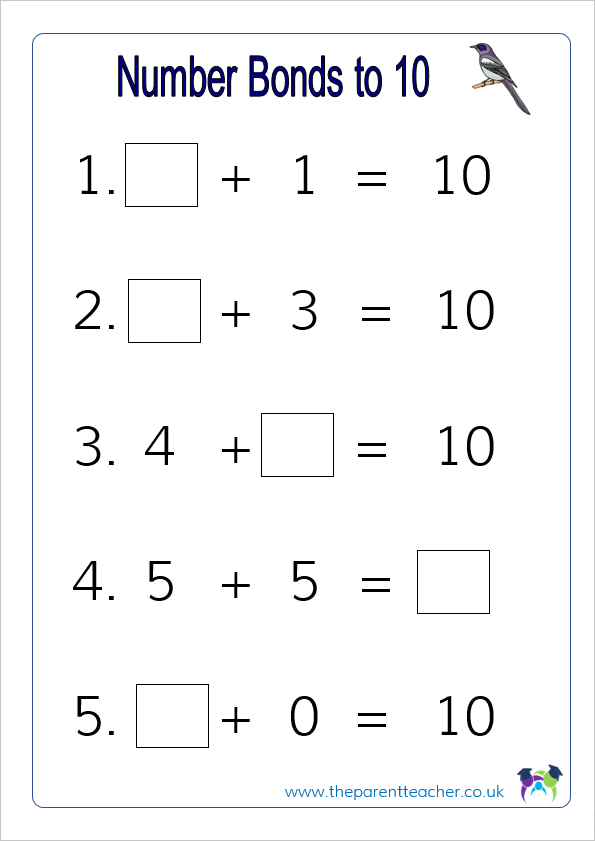
Remember to time them while they do the sheet or write numbers 0-10 on 11 pieces of card and ask them to tell you the partner that makes the number bond to 10.
Once your child reaches Year 2, they can then start to learn number bonds to 20
Number bonds to 20
These can be tricky, but as long as they can see the connections between 2 + 8 = 10 it should be easier for them to see 2 + 18 = 20
Numberbonds to 100
If your child is advanced and working at a greater depth of understanding in Maths, they could venture forwards and learn their number bonds to 100, but stick to the multiples of 10, for ease of use. For example:
0 + 100 = 100
10 + 90 = 100
20 + 80 = 100
30 + 70 = 100
40 + 60 = 100
50 + 50 = 100
60 + 40 = 100
70 + 30 = 100
80 + 20 = 100
90 + 10 = 100
100 + 0 = 100

